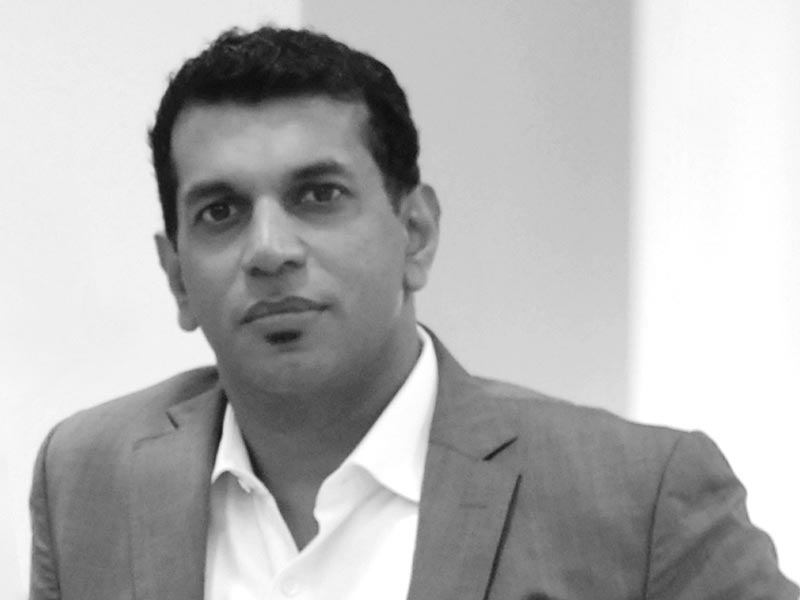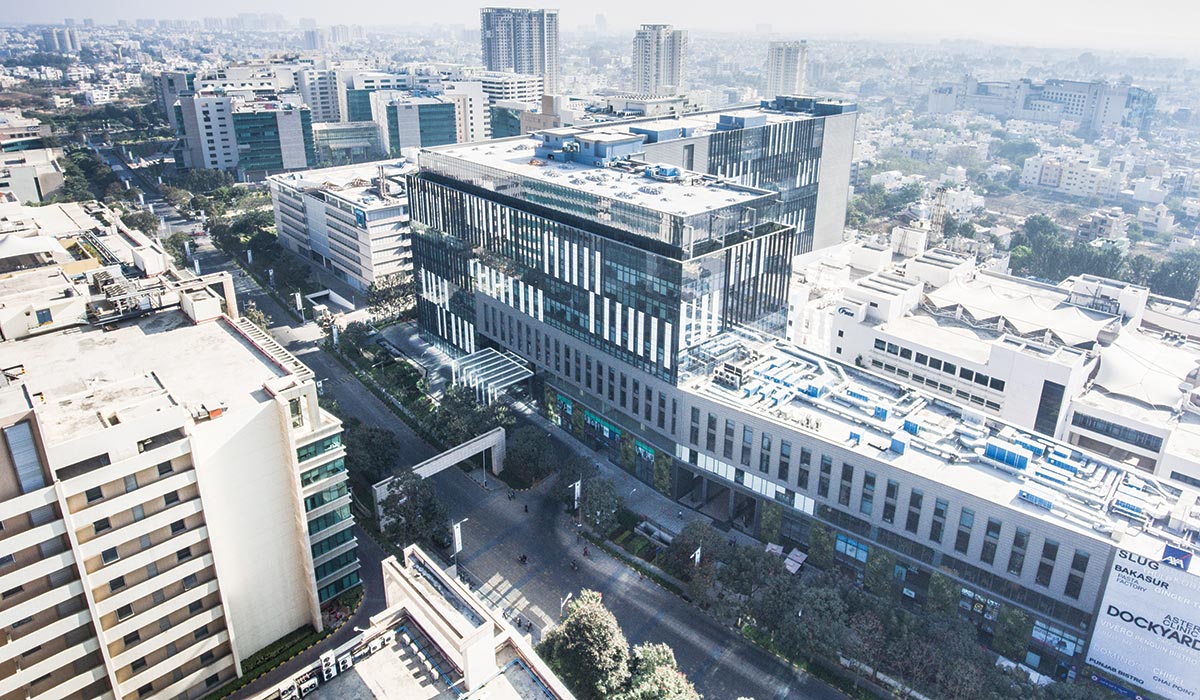
Planning starts with a lot of research and data collection, climate requirements, user’s profile, function of the building and aspiration of the client as well. Today, technology helps a lot in designing. Architects use 6D models to understand building reactions to the local environment and usage. The usage of sustainable design is generally enjoyed by the owners or the ones using/leasing it. The idea is not well absorbed where a developer builds and sells it to someone.
 Manyata Tech Park (Phase 4) by MFAR Developers
Manyata Tech Park (Phase 4) by MFAR DevelopersChallenges are data availability to resolve the issues, and construction, implementation, and commissioning. We should develop our own system for reference rather than following the global one.
I admire...
Masdar City in Abu Dhabi by Norman Foster. We mostly look at things from a brick & mortar perspective, but this is an entirely different concept. It’s a complete break away from how structures are being designed in the current scenario.
Technology helps a lot in designing sustainable buildings; architects use 6D models to understand building reactions to the local environment and usage
The city’s design uses ancient Arabic architectural techniques along with modern technology to harness the sun rays with one of the largest photovoltaic installations in the Middle East.















